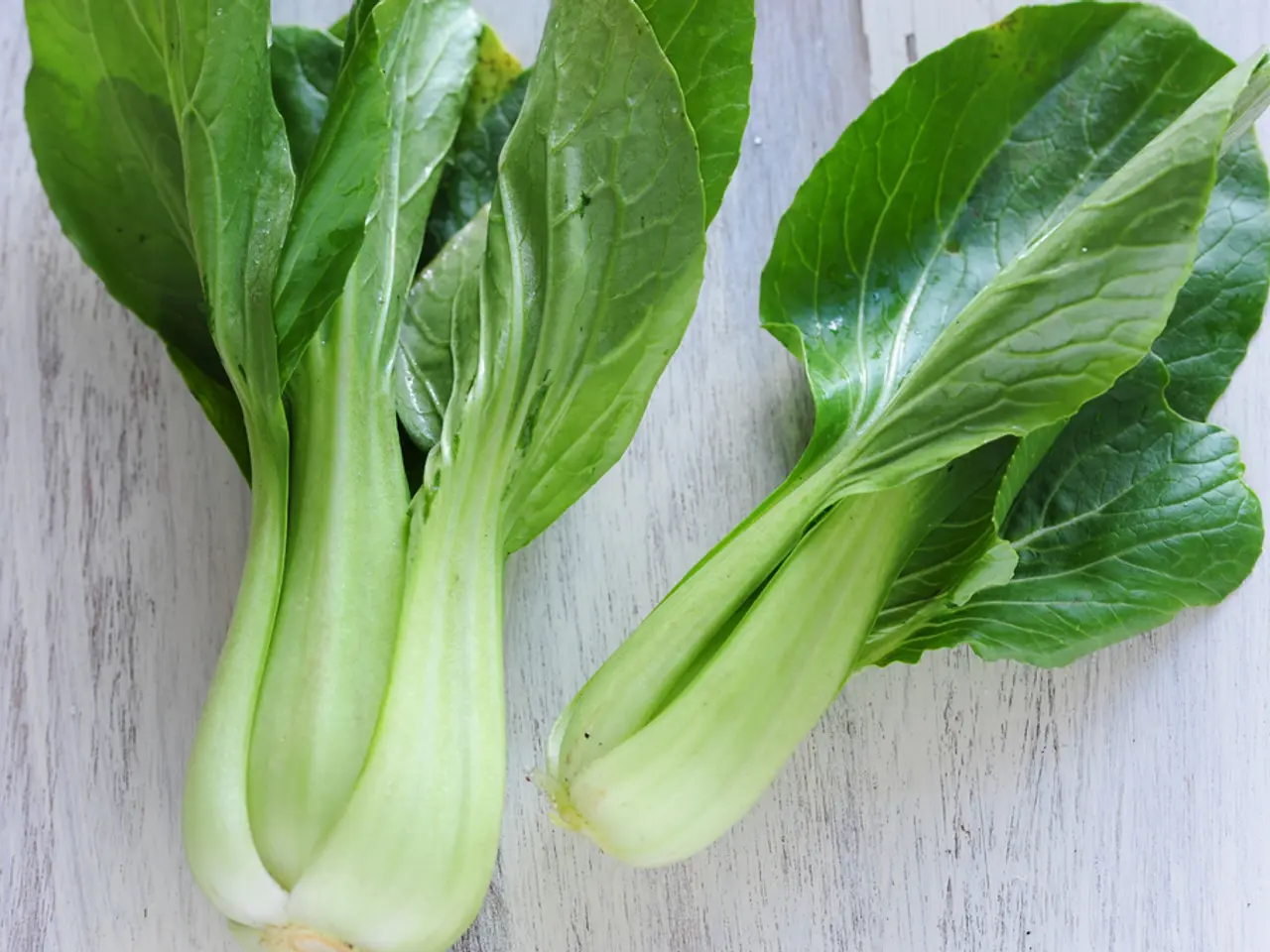Guides for Seasonally Planting Varieties of Vegetables Throughout the Year
Gardening enthusiasts in temperate zones can optimize their vegetable planting schedules for successful and sustained harvests by following best practices. Here's a step-by-step guide to creating a well-organized annual vegetable planting schedule.
1. Choose Vegetables Suitable to Your Temperate Zone
Select vegetables that thrive in temperate climates, including cool-season crops like lettuce, broccoli, carrots, beets, and kale, as well as warm-season crops such as tomatoes, squash, and peppers. Cool-season vegetables can be planted early spring or late summer for a fall harvest, while warm-season crops should be planted after the frost risks have passed. Keep in mind heat tolerance, especially for summer vegetables, as extreme heat can reduce yields.
2. Determine Your USDA Plant Hardiness Zone
Knowing your USDA hardiness zone is essential. This system divides regions based on average minimum winter temperatures, guiding when and what to plant. Temperate zones often fall between zones 4 and 7. Your zone helps you time seed starting, transplanting, and harvest schedules to avoid frost damage and maximize growing periods. Stay flexible as climate changes may shift zone conditions over time.
3. Research Specific Planting and Harvesting Dates
Consult zone-specific planting guides for seed starting and transplanting dates, noting that cool-season crops often have planting windows in early spring and late summer, while warm-season crops follow after the frost risks have passed. For example, allium crops have staggered harvest periods through spring and early summer, varying by type. Fertilizing and mulching schedules also impact timing.
4. Mark Key Dates on a Calendar
Create a detailed calendar marking important activities such as:
- Seed sowing dates (indoors/outdoors)
- Transplant dates
- Expected harvest windows
- Fertilizer applications (e.g., side dressing in mid-summer)
- Pest and plant care reminders
Using your zone’s frost dates and local temperature averages ensures timely interventions.
Additional Best Practices
- Use season-extending methods like row covers or cold frames to lengthen the growing season and protect crops from unexpected cold snaps.
- Manage heat and water wisely by mulching and providing shade during peak summer heat.
- Consider climate-specific planting tips to adapt your planting based on the season to navigate the changing conditions and keep your garden thriving.
- Choose fast-growing plants for staggered planting, such as lettuce, radishes, and beans.
- Rotate crops to keep the soil healthy.
- Keep records of when you plant each batch to help remember when to harvest and replant.
- A vegetable gardening calendar helps in knowing what to plant and when. Create a simple table for the best planting times for each vegetable.
- Interplanting is a technique where slow-growing crops are planted next to fast-growing ones. For instance, carrots can be planted with radishes.
- Tomatoes, cucumbers, bell peppers, and zucchini are summer staples, each with their unique characteristics.
- Succession planting is a method of quickly replanting a crop's space once it's harvested to keep the garden full and productive.
- Maximize growth of vegetables by planting at the right time. Staggered planting is a technique for keeping vegetable gardens productive all year long.
- Spring, summer, fall, and winter each have their unique crops to plant and tips for success.
- Plant cool-season crops like lettuce, spinach, radishes, and peas in early spring. Choose hardy varieties of vegetables that can handle cold weather.
- Plant warm-season vegetables like tomatoes, peppers, cucumbers, and zucchini in late spring and summer.
- Enjoy a range of vegetables throughout the year by following a vegetable gardening calendar. Make a planting calendar to plan your staggered planting schedule effectively.
- Vertical gardening is a method of using trellises for climbing plants like cucumbers and tomatoes, saving ground space and making harvesting easier.
- Use season extenders like row covers or greenhouses to protect plants from frost.
By combining zone knowledge, appropriate crop selection, precise timing, and diligent calendar tracking, gardeners in temperate zones can create a thriving and productive vegetable garden.
- Incorporate vegetables into your food-and-drink lifestyle by growing suitable crops for your temperate zone, following best practices, and maintaining a vegetable gardening calendar.
- For a successful vegetable garden, be aware of your home-and-garden's USDA hardiness zone to schedule seed sowing, transplanting, and harvest times effectively.
- Improve your gardening skills by researching specific planting and harvesting dates for cool- and warm-season vegetables, using resources like zone-specific planting guides and gardening blogs.




